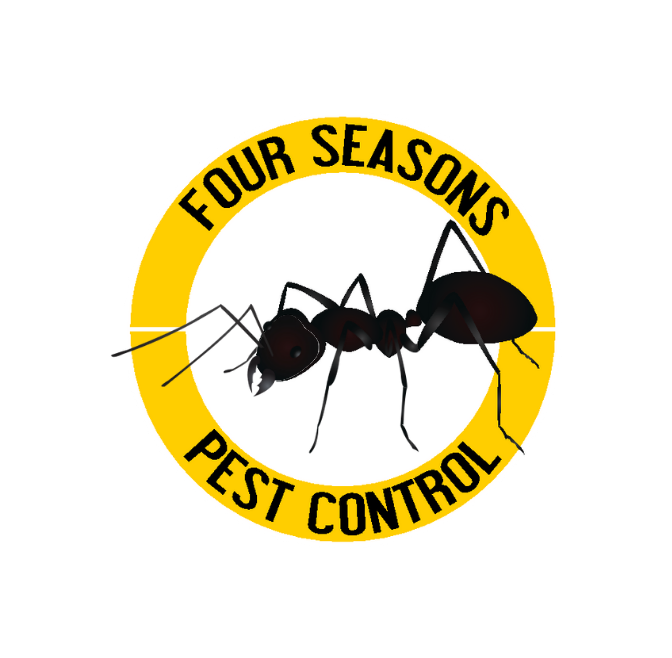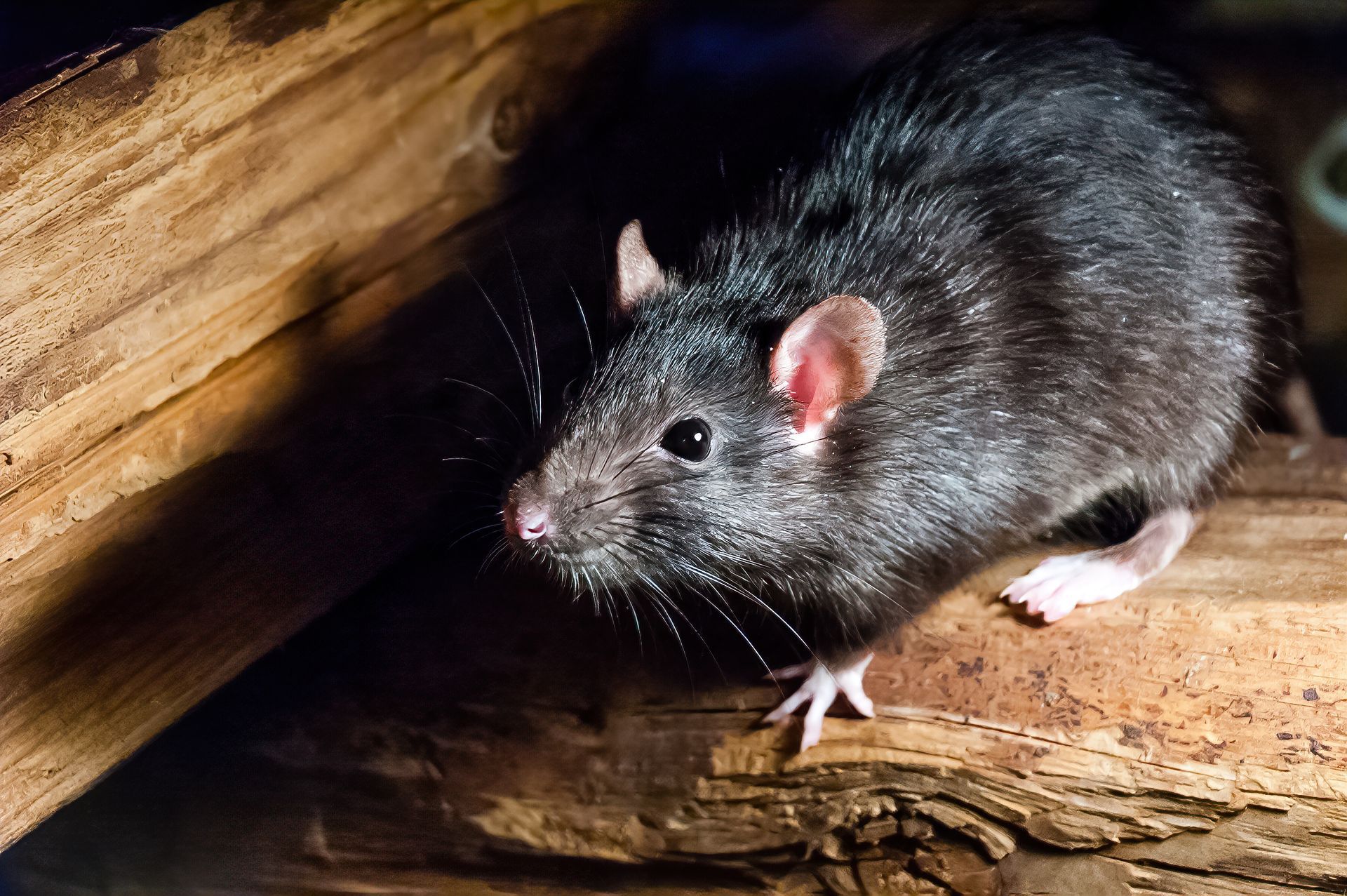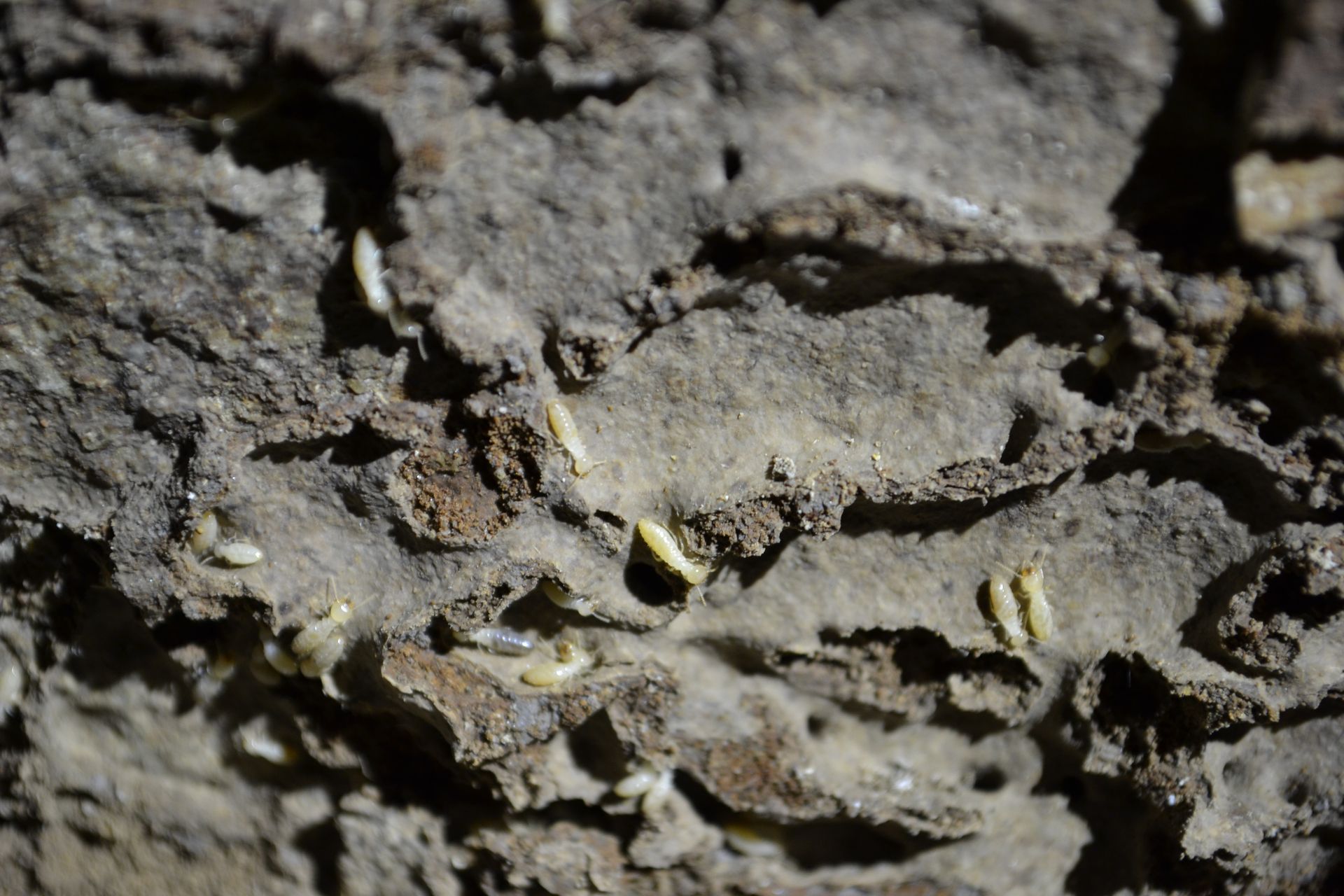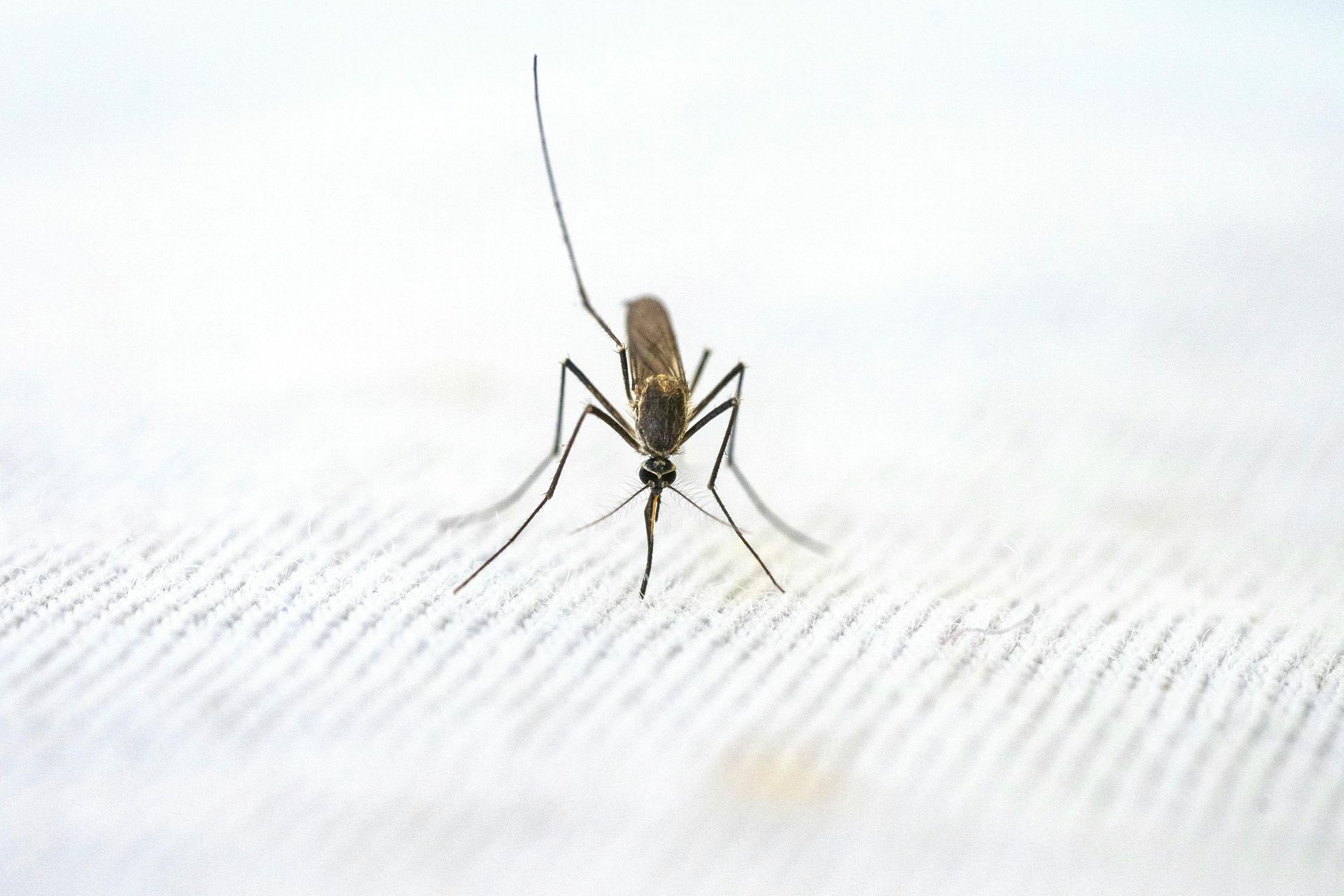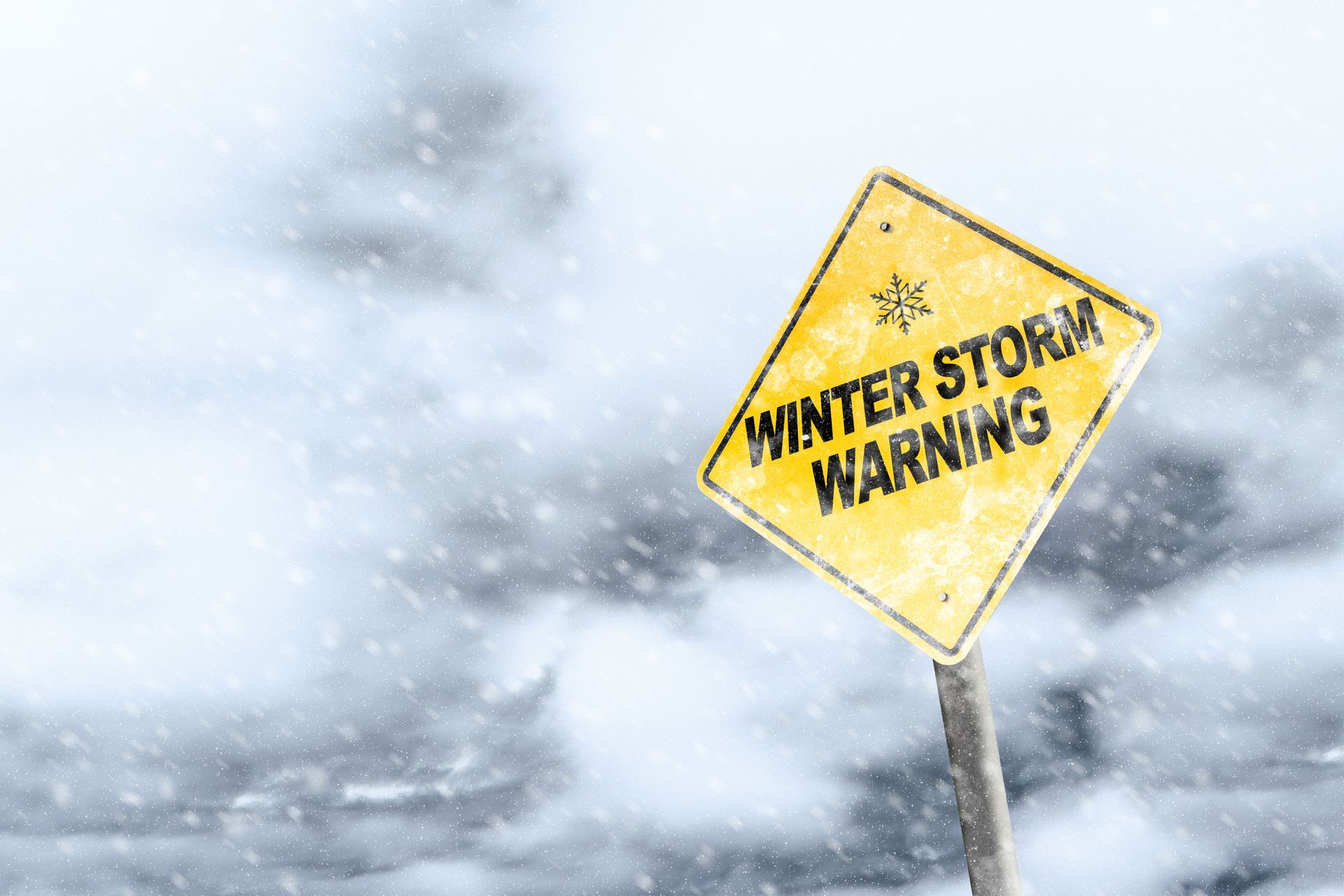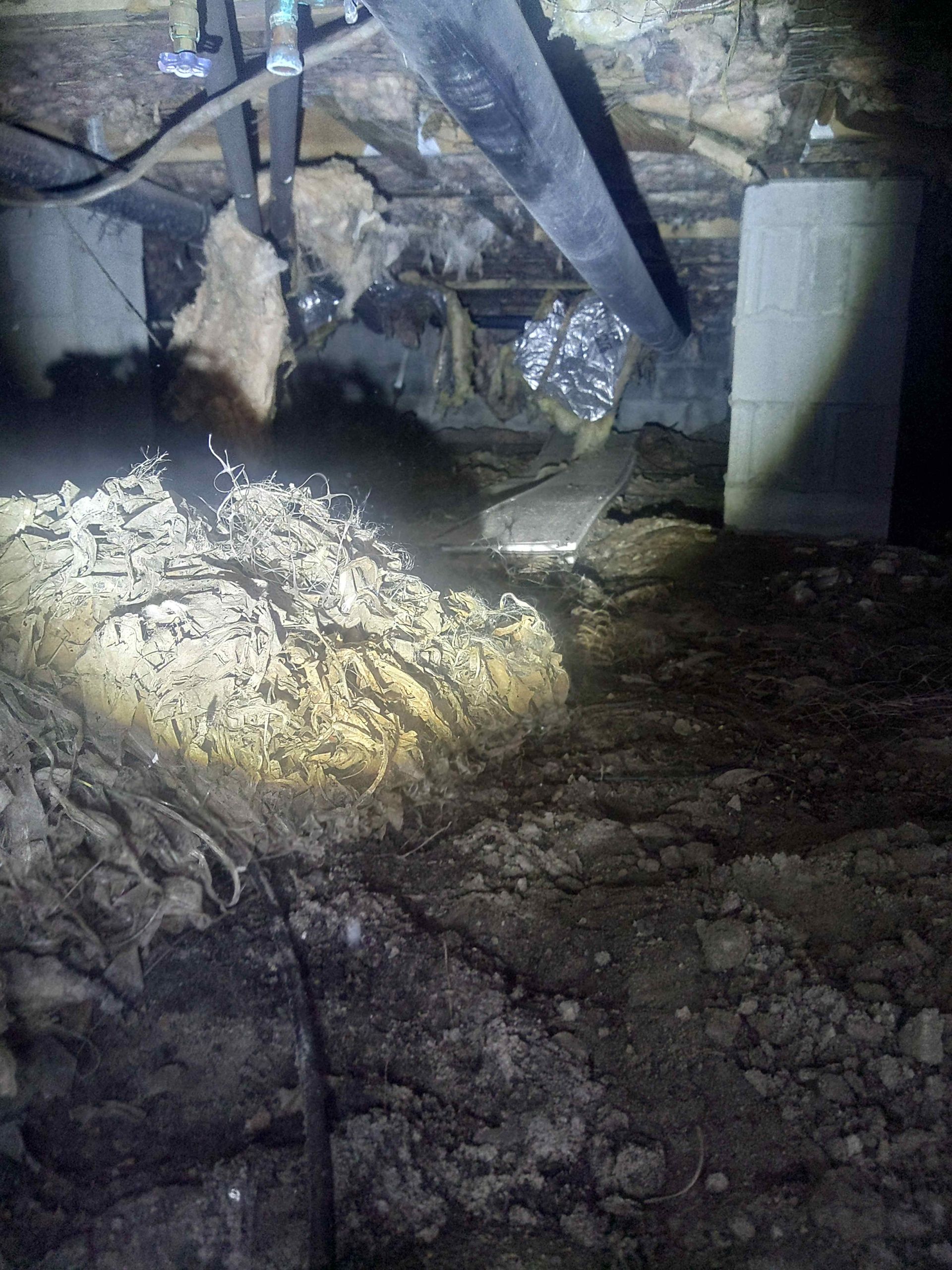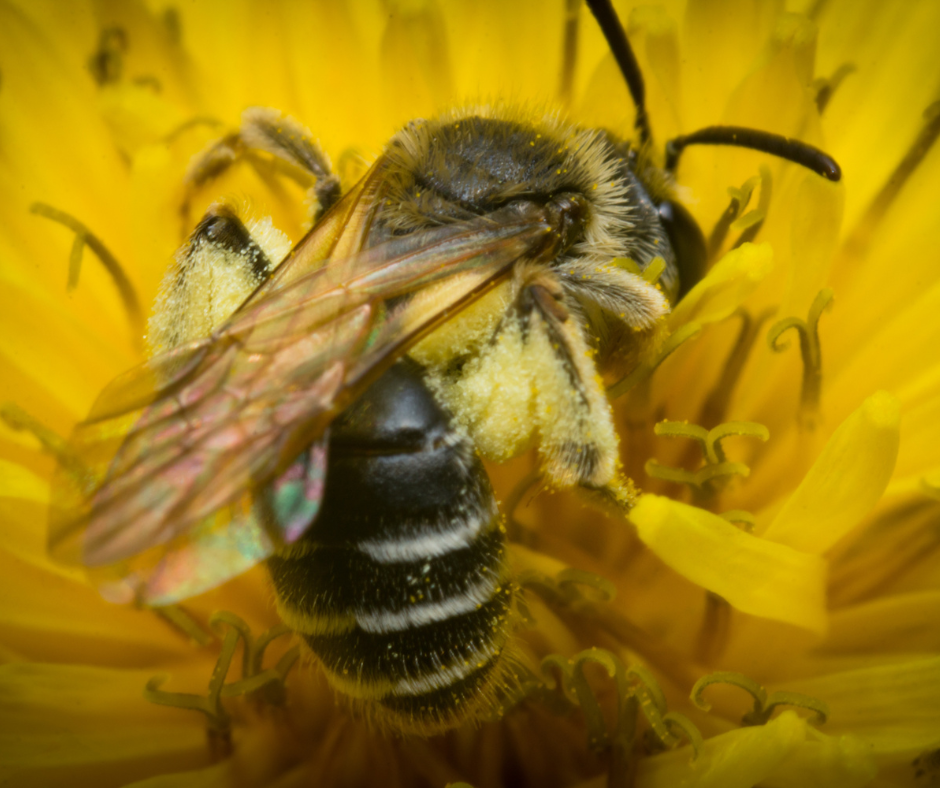Unlike colder states where mice and rats go dormant in the winter, Virginia and North Carolina’s climate allows rodents to remain active all year long. Here’s how they behave seasonally:
Winter ❄️ : Mice & Rats Move Indoors for Warmth
As temperatures drop, rodents seek out:
🔥 Warm shelter inside homes, garages, and attics.
🍽️ Easy food sources like pantries, pet food, and garbage.
🛠️ Hidden nesting spots in walls, basements, and crawl spaces.
💡 The Risk: If rodents find their way inside, they won’t leave once the weather warms up. They’ll breed and multiply, turning a small issue into an infestation.
🌷 Spring: Rodent Reproduction Season Begins.
As temperatures rise, mice and rats begin reproducing rapidly.
🐭 One female mouse can give birth to 60+ babies in a year!
🐀 Rats breed even faster and grow larger than mice.
💡 The Risk: If you don’t eliminate rodents before spring, they’ll multiply quickly, making infestations harder and more expensive to control.
☀️ Summer: Outdoor Rodent Activity Peaks
During the summer months, rodents become more active outdoors but still:
🔍 Search for food near homes, trash bins, and gardens.
🌳 Nest in sheds, woodpiles, and under decks.
🚪 Sneak into homes through open doors and windows.
💡 The Risk: Many homeowners let their guard down in summer, but ignoring rodents allows them to build nests nearby, leading to fall infestations.
🍂 Fall: Rodents Invade Homes for the Cold Months
As the weather cools, rodents return indoors looking for:
🌡️ Warmth to survive colder nights.
🍽️ Food supply to store for winter.
🏡 Safe places to breed and nest.
💡 The Risk: If you don’t rodent-proof your home before fall, you’ll end up with an infestation that lasts all winter long.
